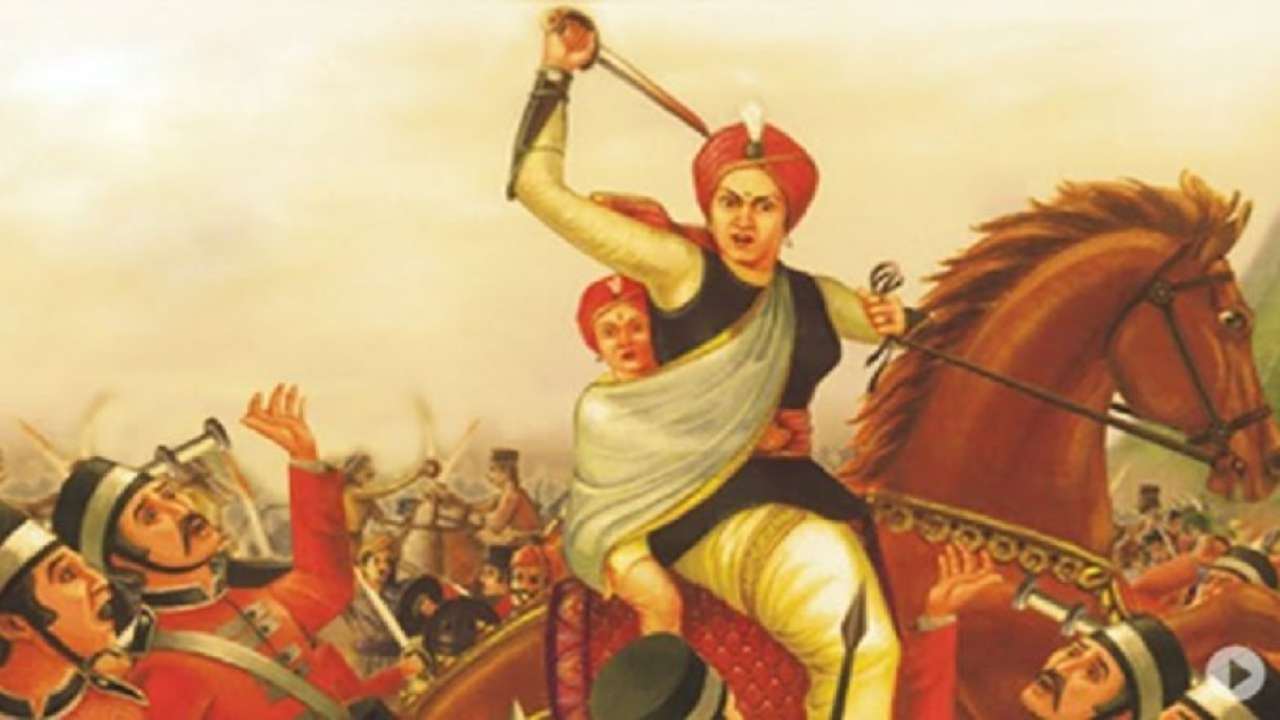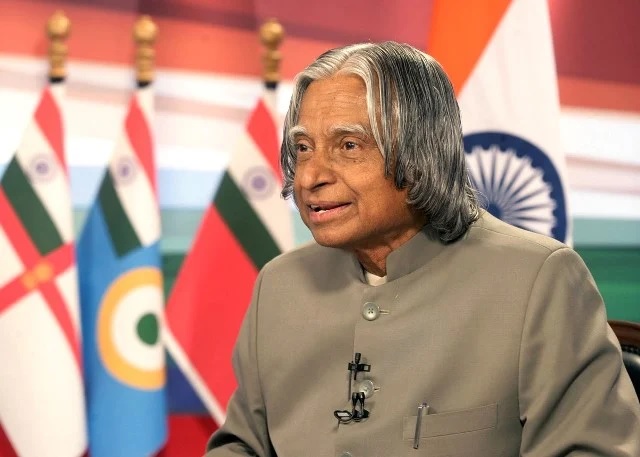Biography Of Rani Lakshmi Bai
Rani Lakshmibai is one of the most famous and renowned figures in Indian history. She was the daughter of Moropant Tambe, who belonged to the brahman caste. When the British East India Company took over the administration of Jhansi in 1842, Rani Laxmibai was just 16 years old. Like many other girls from royal families across India at that time. Lakshmibai dedicated herself to her duties as a daughter and princess without any further personal ambitions in life until the English took control of her beloved kingdom. Rani (Queen) Lakshmi Bai was one of those women who broke barriers and challenged the existing norms for women in India during the 19th century. She lived during an era when men were seen as superior and their word was final. But that didn’t stop her from becoming one of India’s most loved queens! Let’s find out more about her life and legacy. This article about Rani Lakshmibai will tell you everything you want to know about her: her childhood and early life, her career, her major work and bravery in leading the uprising, and her tragic death.
Childhood & Early Life
● Rani Lakshmi Bai was born into a noble Maratha family in the town of Varanasi in 1828. Her father was the chief minister of Jhansi and her mother was a devout Hindu woman. Lakshmi Bai was educated at home by tutors and had a keen interest in the arts and literature. She was also an excellent horsewoman and was skilled in martial arts.
● Lakshmi Bai married the Maharaja of Jhansi at the age of 14. She gave birth to a son, Damodar Rao, but he died shortly after birth. Lakshmi Bai became a widow at the age of 18. When her husband’s death was followed by the annexation of Jhansi by the British East India Company, Lakshmi Bai took up the cause of her people and became a leader of the Indian Rebellion of 1857.
● Lakshmi Bai was an inspiring figurehead of the rebellion and was nicknamed the ‘Jhansi Ki Rani’ (Queen of Jhansi). She was courageous in battle but was ultimately defeated by the British forces. She was killed in combat in 1858. Lakshmi Bai’s heroic fighting and tragic death made her a symbol of Indian resistance to British rule.
Major works
Rani Lakshmi bai, (1835–1858) was a queen of Jhansi State in India. She was the queen of Raja Gangadhar Rao, who ruled the Jhansi State in India between 1853 and 1858. She was the leading figure in the Indian independence movement of the 19th century. She is one of the warrior queens in tragic history. She is one of the queens which fought against Britishers for their rights and she fought for the rights of Indian women. Her most important work is to give them their basic rights to work and vote. She is very brave and powerful. She was born into a royal family which was very well educated. She was the first queen in history to fight against the British. She was a great motivator and bold woman. She was patriotic, brave, bold, and known for her leadership. She was a political activist, social reformer, and one of the most well-known freedom fighters in the history of India. Rani Lakshmi Bai was an Indian freedom fighter who led an army against the British East India Company forces during the Indian rebellion of 1857. She was also called “The Fiery Rani” and “The Lioness of Jhansi”. During the Indian rebellion of 1857, the British East India Company tried to capture the state of Jhansi. When her husband, Maharaja Gangadhar Rao, died as a result of an illness on June 28, 1853, Rani Lakshmibai ascended the throne and ruled the state. She was a fearless leader and many men and women joined her army. She fought against the British and she led her army to victory. She had the support of the entire state in her struggle for freedom. However, Rani Lakshmibai lost the battle of Jhansi on June 27, 1858. During the same battle, she was injured and died the next day. She was only 25. Her brave struggle for independence will always be remembered in the history of India.
Victory
In 1858, the British East India Company sent an army to loot and annex the Kingdom of Jhansi. Rani Lakshmi Bai, who was the Regent for her adopted son, the Raja of Jhansi, refused to allow this and declared war on the British. The Company forces triumphed after two of their three armies were Destroyed by the Indian troops, and the third, larger army encircled Jhansi, trapping Rani and her people inside the fort. On June 18, 1858, Rani Lakshmi Bai mounted a last desperate attack with a handful of troops against the British forces near the Jhansi fort. Though she and her soldiers fought bravely, they were outnumbered and eventually killed. Rani Lakshmi Bai is a national hero of India. Personal life and legacy Rani Lakshmi Bai was one of the most influential and iconic figures of the Indian Rebellion of 1857. Born in Varanasi to a family of moropant Tambes. She was a brave leader who inspired her people to fight against British rule. Lakshmi Bai was killed in battle in 1858, but her legacy continues to inspire people across India. Rani Lakshmi Bai, one of the most prominent leaders of the Indian Rebellion of 1857 and a symbol of resistance to British rule in India, was born on November 19, 1828, in the town of varanashi. Her father was Moropant Tambe, a Brahmin, and her mother, Bhagirathi Sapre, was a Maratha. Lakshmi Bai was married to the Maharaja of Jhansi, Gangadhar Rao, at the age of 14.
After the death of her husband in 1853, Lakshmi Bai became the ruler of Jhansi. When the Rebellion of 1857 broke out, she took up arms against the British and became one of the most famous leaders of the revolt. Lakshmi Bai was defeated by the British in 1858 and she died on June 17, 1858, while fighting the British. Lakshmi Bai’s life and her heroic resistance to British rule have inspired many films, books, and
plays. She is still revered as a national heroine in India.
Achievements of rani lakshmi bai
Rani Lakshmi Bhai, the queen of Jhansi and Rani of Maratha. She was a great devotee of Lord Krishna. She joined the army at the age of 9 and became a brave fighter. Even Lord Krishna in the form of Krishnaa encouraged her. When the British army attacked Jhansi, she vowed to never surrender to the British. She was surrounded and outnumbered by the British army. She decided to stay for a siege, rather than run away. She along with her daughters and all the loyal soldiers committed suicide by Jauhar (self-immolation). Rani Lakshmi Bai was the first woman to fight to protect her country.










